Picture this: you grab your keys, throw on your jacket, and start walking toward the door. Before you can even turn the handle, your dog launches into full panic mode. Heart pounding, breathing rapid, and eyes wide with terror as if you’re leaving forever. This isn’t just a bit of loneliness – this is separation anxiety taken to the extreme, and some dog breeds experience it so intensely it’ll break your heart.
The truth is, approximately 14-17% of the estimated 77-90 million dogs in the United States suffer from separation anxiety, but certain breeds feel this emotional turmoil so deeply that it becomes their most defining struggle. These aren’t dogs being dramatic or attention-seeking. They’re genuinely terrified, experiencing what experts describe as the equivalent of a panic attack every single time you step out the door.
Cavalier King Charles Spaniel: The Velcro Dog
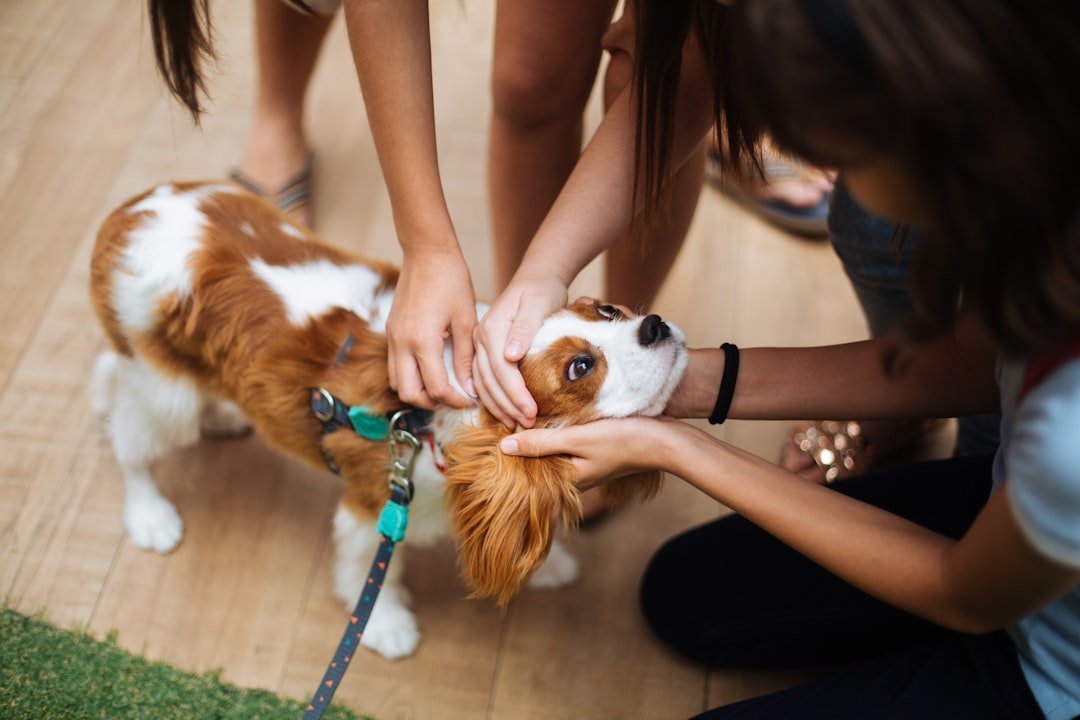
The Cavalier King Charles breed has a reputation for suffering from extreme separation anxiety. These sweet, gentle souls were literally bred to be companion dogs, which means being apart from their humans goes against everything in their DNA.
They will provide your family with unconditional love and loyalty, and they are lap dogs. They do not like to be left on their own. The Cavalier King Charles Spaniel is often referred to as a “velcro dog” because of its tendency to stick close to its owner. Being left alone for extended periods can cause them significant stress, often manifesting as whining, barking, or destructive chewing. Their sensitive nature makes them prone to separation anxiety, requiring a home where they’re rarely left without company.
Border Collie: The Brilliant Worrier
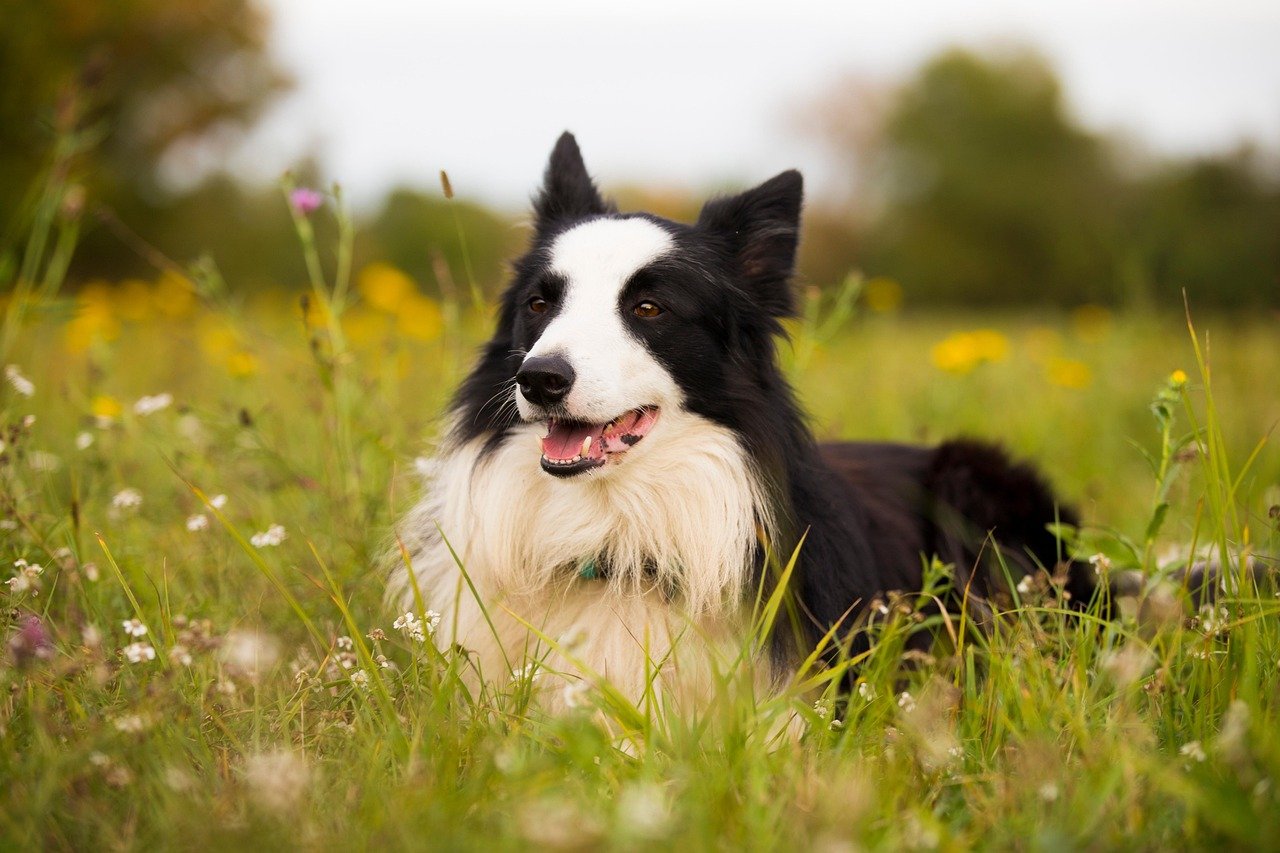
Border Collies are extremely intelligent. In fact, they rank top for smarts when it comes to dogs. But here’s the catch – that impressive brain becomes their biggest enemy when left alone. Because of this, they can become bored if they don’t have much mental stimulation, such as when you’re away. Leaving them alone can lead to boredom, separation anxiety, and destructive behavior.
Border Collies are celebrated for their intelligence and unmatched energy, but this brainpower comes with a strong emotional side. They bond intensely with their owners and feel insecure when left on their own. As herding dogs, they are used to constant activity and interaction, so extended periods of isolation can lead to boredom, stress, and even obsessive behaviors like pacing or chewing. They need mental stimulation and companionship to stay happy, making them unsuitable for households where they’re often alone.
German Shepherd: The Loyal Guardian in Distress
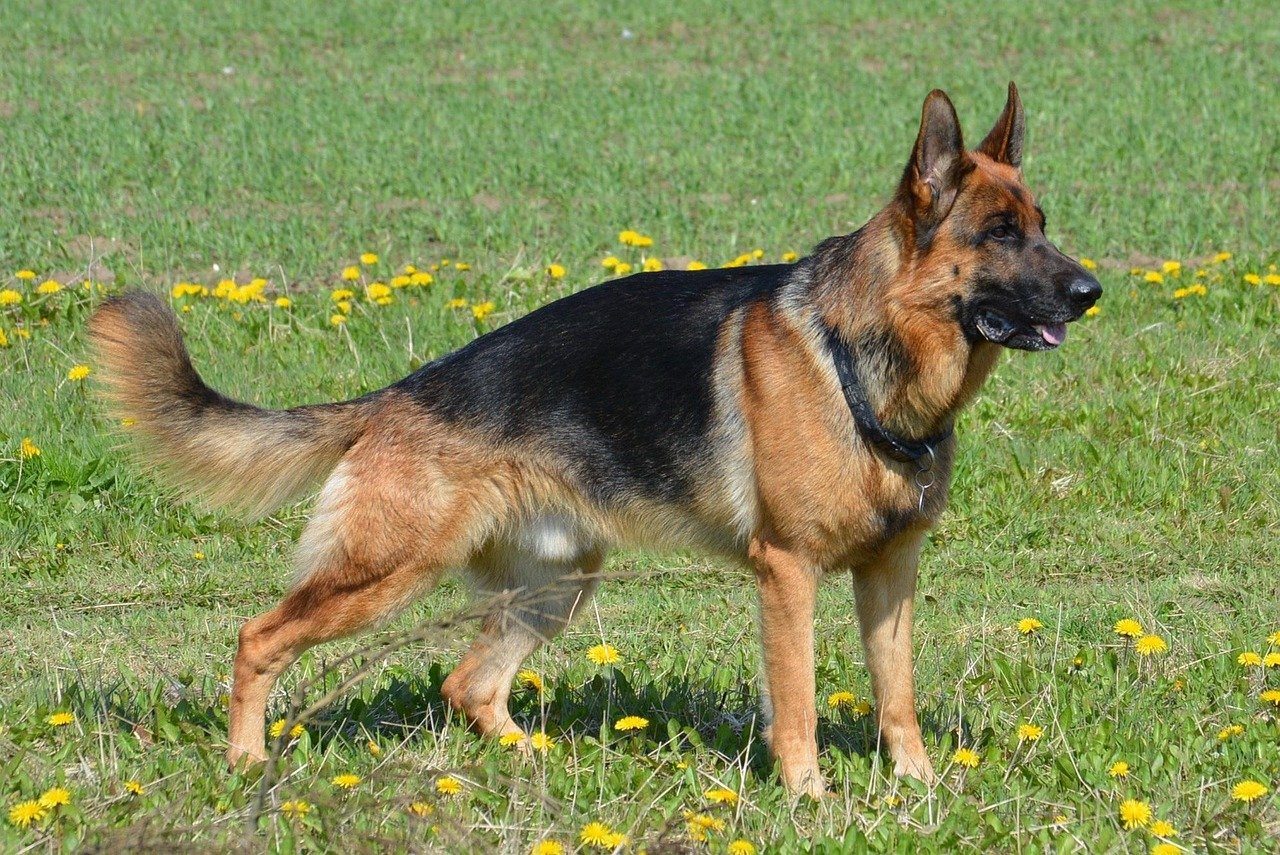
These dogs are working dogs and do best when an environment is physically and mentally stimulating. Left alone and bored, they can be distressed. Like the retriever, this breed has also experienced some health problems in recent years, meaning their temperament makes them more prone to separation anxiety. The German Shepherd is used to being a social, active dog. They often work with the police, and they have even been used for herding sheep. This breed loves to be wherever the action is. They are loyal and intelligent. Separation anxiety is often seen in this breed.
Boredom is the worst enemy of a German Shepherd. Known as the dog with many occupations on their resume, they quickly get bored when left alone. They seek physical activities that also stimulate their mental abilities. Without their human partner, these devoted dogs can develop such severe anxiety that they become destructive or attempt dangerous escapes.
Italian Greyhound: The Delicate Shadow
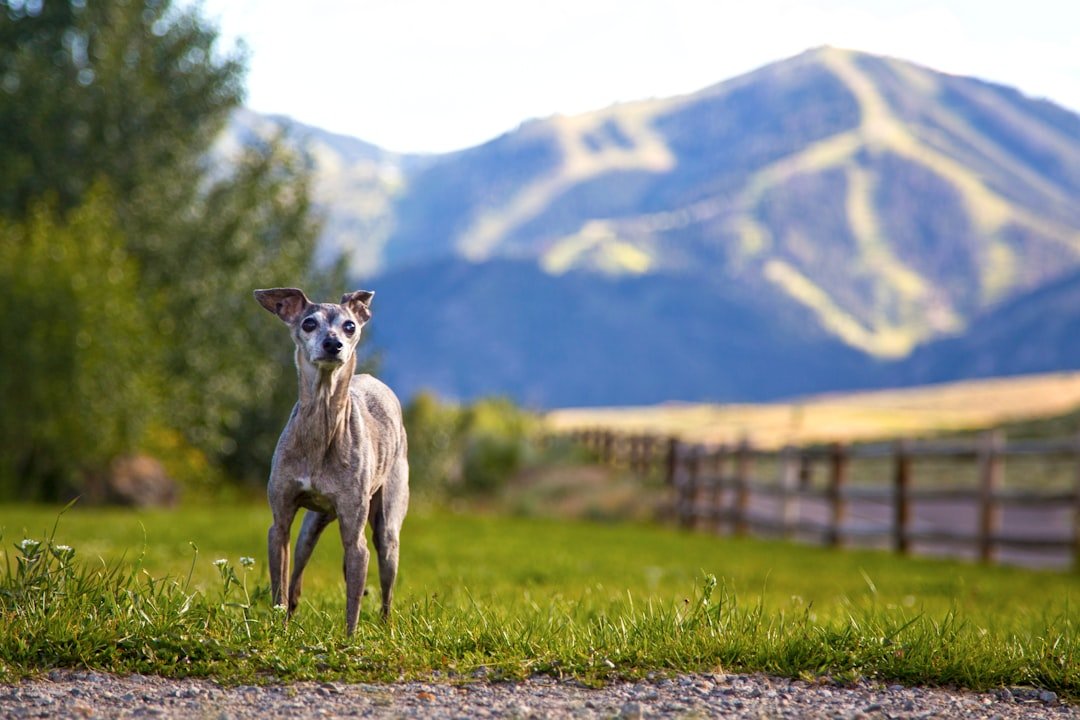
Italian Greyhounds are small, elegant dogs known for their affectionate and sensitive nature. They form strong bonds with their owners and can become extremely anxious when left alone. Italian Greyhounds are highly social dogs that thrive on companionship and are particularly prone to separation anxiety due to their sensitive temperament.
Italian Greyhounds are known for their elegance and affectionate nature, but they are also extremely sensitive. They bond closely with their owners and experience significant stress when left alone. Their anxiety may manifest as trembling, whining, or destructive behaviors. Being a naturally timid breed, they are particularly prone to separation anxiety and need a stable, loving environment with plenty of human interaction. The Italian Greyhound loves to cuddle and stay near their beloved humans. They are known to be clingy, so this dog breed is not recommended for people who stay out until late at night. Training and lots of exercises can help the Italian Greyhound overcome stress and be less clingy.
Labrador Retriever: The People-Pleasing Panic-er

The Lab was the most popular family dog breed for 31 years until 2022 and generally has a relaxed disposition. However, because they are so social, they can struggle if left alone for long periods of time. The Labrador Retriever is the most popular family dog breed in the United States and it has grown accustomed to being with family members. The breed has suffered a decline in health like the German Shepherd, including an increasing number of cases of separation anxiety.
Labs thrive on human interaction and quickly become anxious when separated from their family for too long. This anxiety often leads to destructive behaviors like chewing furniture or excessive barking. Their need for companionship makes them great friends, but their sensitivity means they struggle with solitude. One of the most devoted dogs out there is the Labrador retriever. Due to this quality, although a great one, this dog breed easily feels stressed when away from its owner. Exercising with your lab before leaving home is the best way to break anxiety. A good run or walk in the morning can help – if not, it’s best to share this issue with your trusted vet to acquire medications or advice.
Australian Shepherd: The Herding Heartbreaker
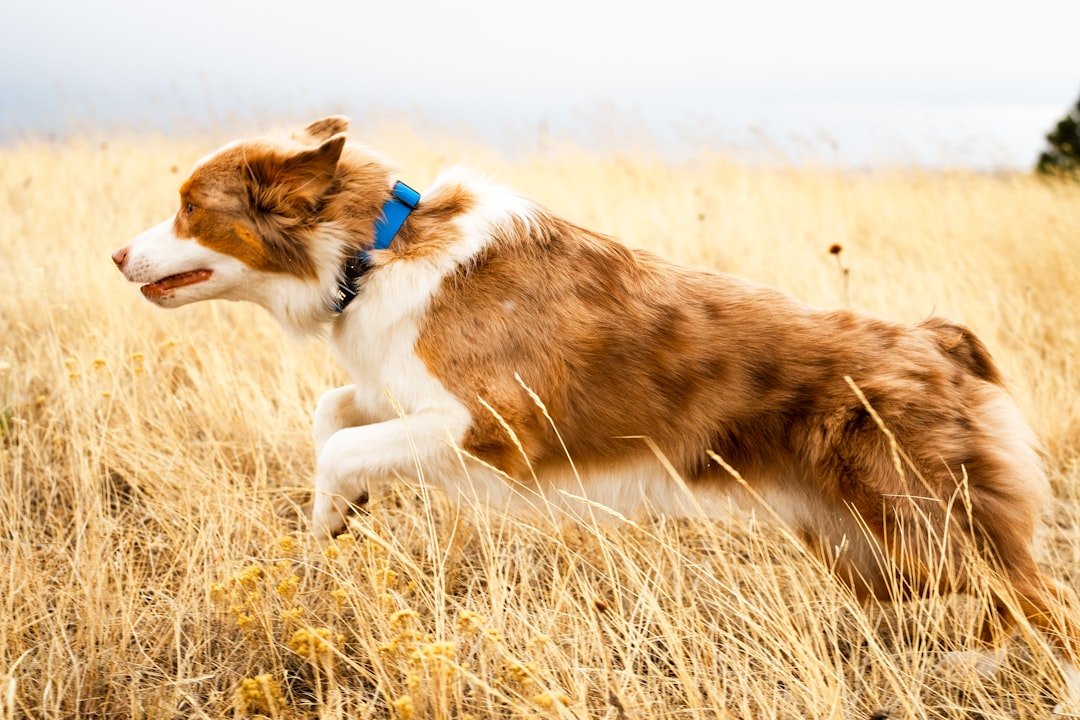
This job has been bred for herding and is a very active dog that does best when at work. They are social and do poorly when left alone with nothing to do. Time without physical activity and without their people family can lead to distress and anxiety. Herding breeds tend to have a propensity toward separation anxiety, and the Australian Shepherd is no exception.
These dogs were born to work alongside their humans, managing livestock and solving problems all day long. When you take away their job and their human partner, it’s like removing the two most important things from their world. Like other active herding breeds, the Australian Shepherd seems to have a higher instance of separation anxiety than other breeds. Their need for constant mental and physical stimulation means that being alone isn’t just boring – it’s genuinely distressing.
Cocker Spaniel: The Sensitive Soul

Cocker Spaniels are known for their friendly, affectionate nature and strong desire to be around people. These dogs were bred as companions and often struggled when left alone for long periods. Cocker Spaniels form deep bonds with their families and can develop separation anxiety if they don’t receive enough attention. They may bark excessively, whine, or engage in destructive behaviors when left alone. Their sociable and loving nature makes them wonderful family pets, but they require plenty of companionship and interaction to feel secure and happy.
Fear, age, and traumatic events are the reasons why cocker spaniels experience separation distress. They are also born to be lap dogs, breeds of dogs that get highly attached to their owners. Cocker spaniels are excellent companion dogs – veterinary medication and desensitization can help in alleviating your dog’s anxieties. Cocker Spaniels are sensitive, emotional dogs bred to work closely with humans. When left alone, they may suffer from depression, excessive barking, or even self-harm.
Jack Russell Terrier: The Energetic Escapist
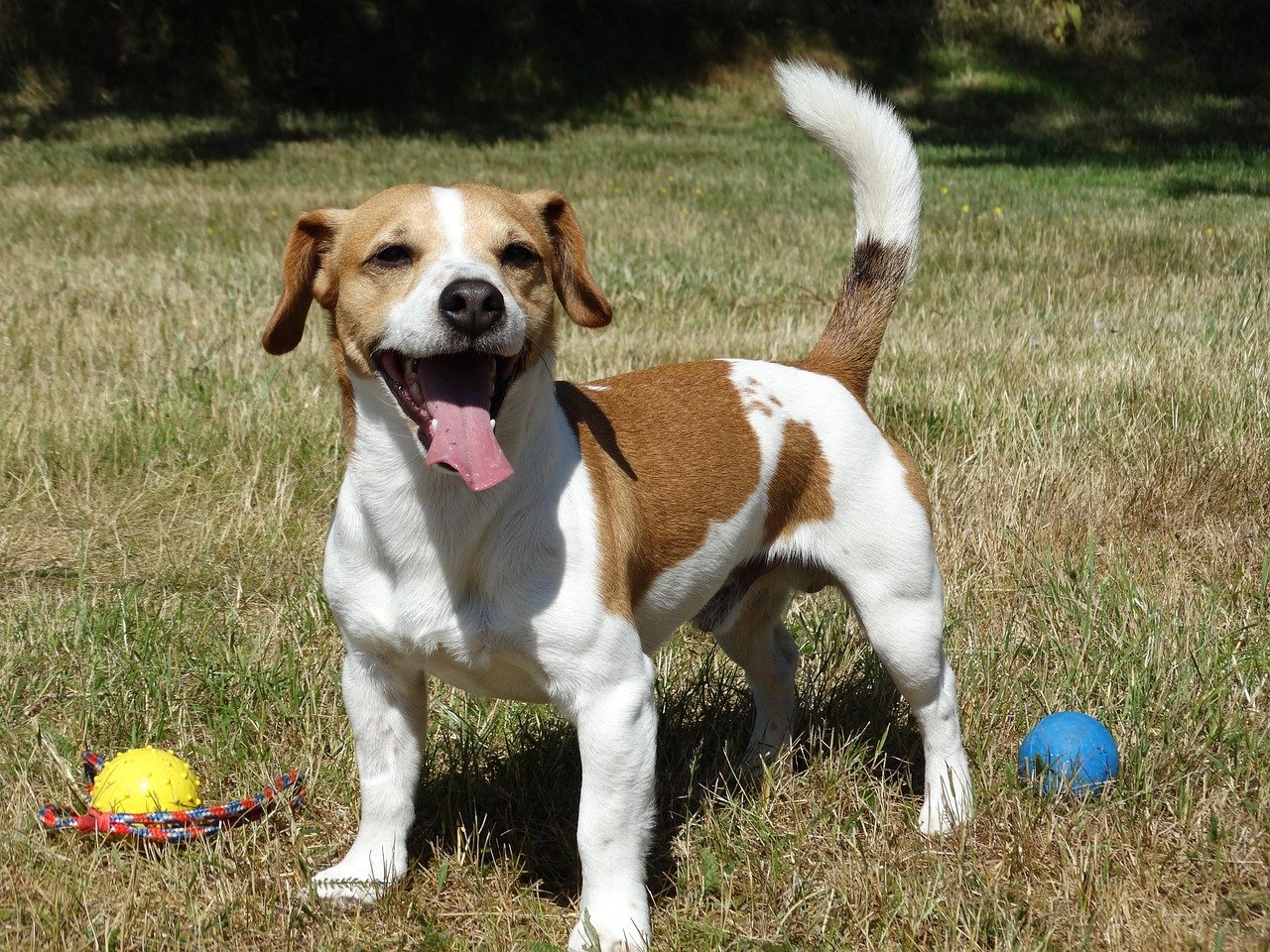
These bundles of energy quickly become bored and need lots of entertainment as well as lots of physical activity. They can quickly go awry if there isn’t a human around to help them out and to keep them engaged. They can also do a surprising amount of damage for a small dog.
Jack Russell Terriers may be small, but they are bursting with energy and curiosity. They form strong bonds with their families and don’t do well with being left behind. Without enough stimulation and human interaction, they can become anxious and channel their stress into destructive behaviors like digging, chewing, or excessive barking. Their high energy levels and need for attention make them a handful for owners who can’t dedicate enough time to keep them mentally and physically engaged. These little escape artists will find ways to express their anxiety that you never thought possible.
Toy Poodle: The Tiny Worrier
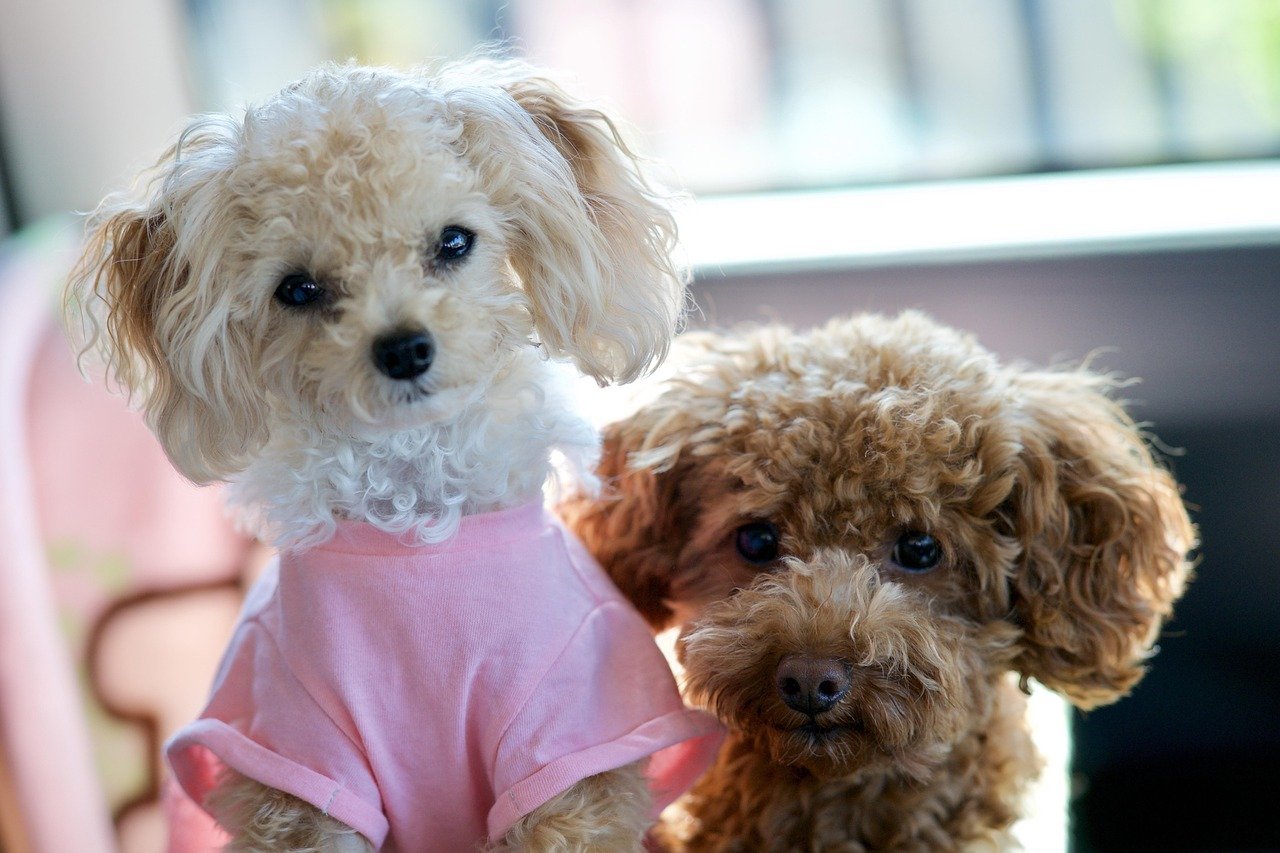
This type of poodle has a gentle temperament and has been bred as a companion dog. As such, they need time and love from their human family. When they don’t get it, they can suffer from significant separation distress. Poodles are known to be an affectionate dog breed. This type of poodle has been bred as a companion dog, and, therefore, requires an abundance of human interaction. Toy poodles tend to be one of the more clingy dog breeds.
Second only to the Border Collie in terms of intelligence, the Toy Poodle needs a lot of mental stimulation to keep them content. The toy size have been bred to for companionship purposes, so it’s no surprise that they don’t like to be without human company. The Toy Poodle is the smallest of the Poodles and probably the softest in temperament. Bred solely as companion dogs, they do not fare well when left along for long periods as they desire regular human interaction.
Vizsla: The Velcro Hungarian Hunter

Perhaps a lesser known breed than others on this list, the Vizsla is another hunting dog breed from Hungary that many owners feel passionately about. Vizslas tend to be a high anxiety dog breed because they hate being away from their owners and appreciate a busy, full house. They are known as very affectionate and even great with children, so this breed is really perfect for an active family or a super active person with plenty of time to share with their pet.
The Vizsla is a very popular gundog from Hungary. Bred for hunting alongside their owners for long periods of time, the Vizsla does not do well when left alone for long hours. They are considered to be velcro dogs and are very active, so too much alone time and too little activity will greatly increase the risk of severe separation anxiety. Sometimes given the name “velcro dogs”, Vizslas like to stick by the side of their humans. When they’re not, they can suffer from separation anxiety.
Conclusion
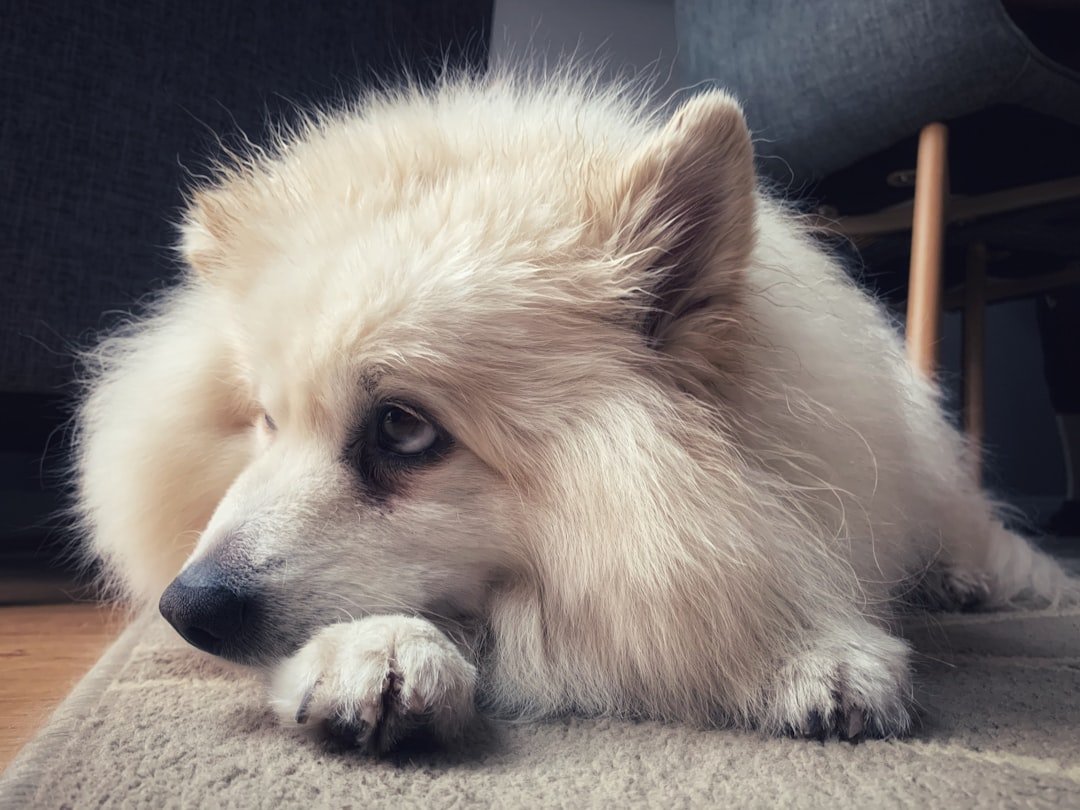
Living with a dog that experiences extreme separation anxiety isn’t just challenging for your pet – it’s emotionally draining for you too. But understanding that these behaviors stem from genuine fear and love, not disobedience or spite, is the first step toward healing. These breeds don’t choose to be anxious; their genetics, breeding history, and deep capacity for attachment make them vulnerable to this intense emotional response.
The good news? McConnell assures it has a high rate of treatment success. With patience and a positive attitude, you may be able to reduce your dog’s suffering and put separation anxiety stress behind you. Whether through gradual desensitization, environmental management, or working with a professional behaviorist, most of these devoted companions can learn to feel safe when alone.
Remember, choosing one of these breeds doesn’t doom you to a lifetime of anxiety-related chaos. But it does mean being honest about your lifestyle and commitment level. Can you really say no to those pleading eyes when your Italian Greyhound follows you to every room, or when your Cavalier King Charles trembles at the sight of your car keys?

Esther is from India; the heartbeat of South Asia, holding a Master’s degree in Zoology and a postgraduate diploma in Animal Welfare. Her enthusiasm for animal welfare drives her passion and dedication to working for animals, ensuring their well-being, and advocating for their rights. With a solid academic background and hands-on experience, she is committed to making a positive impact in the field of animal welfare. In her free time, she enjoys embroidery and sewing. As a Chennaite from Tamil Nadu, Esther loves Bharathanatyam, an Indian classical dance form.






